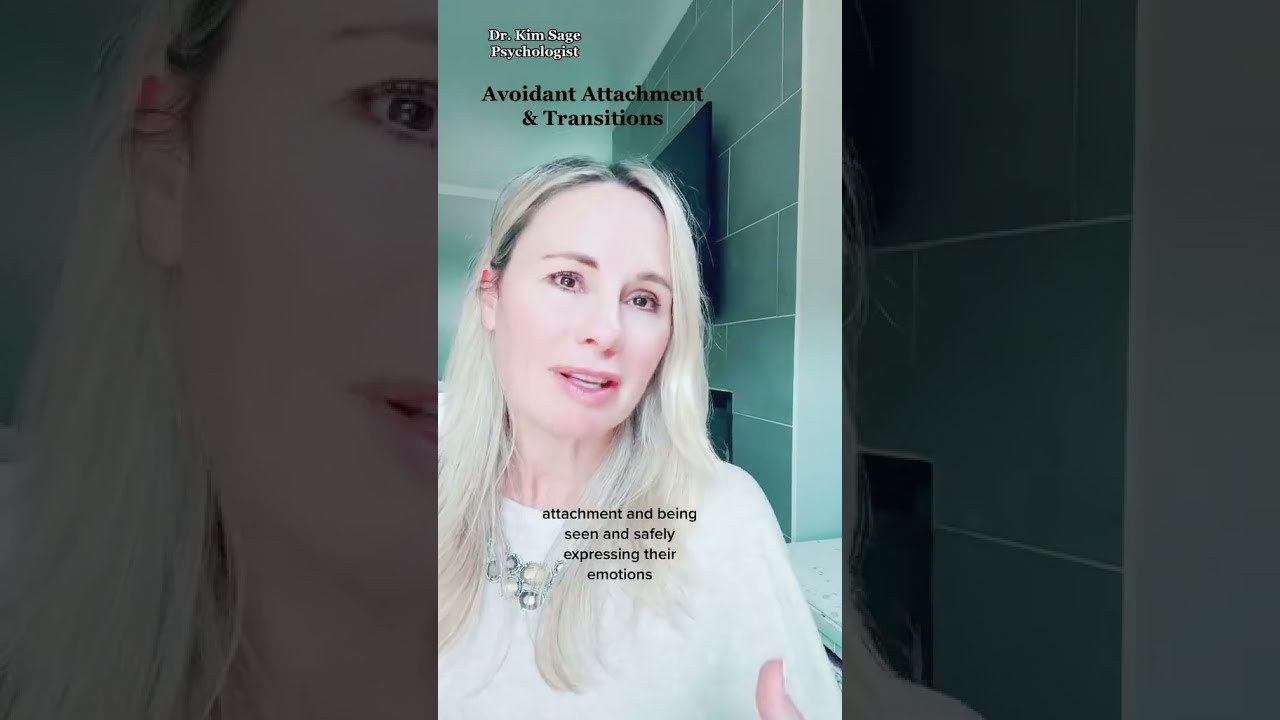
Understanding the Dismissive Avoidant Attachment Style: What You Need to Know
Introduction
In the realm of attachment theory, researchers have identified different attachment styles that individuals adopt in their relationships. One such style is the dismissive-avoidant attachment style, which can significantly impact how people form and maintain connections with others. In this article, we will delve into the intricacies of the dismissive avoidant attachment style, exploring its characteristics, effects, and strategies for navigating relationships with individuals who possess this style.
What is the Dismissive Avoidant Attachment Style?
The dismissive avoidant attachment style is characterized by a strong desire for independence and self-reliance. Individuals with this attachment style tend to downplay the importance of close relationships and may avoid emotional intimacy. They often prioritize self-sufficiency and may struggle with trusting and depending on others.
Characteristics of Dismissive Avoidant Attachment Style
Effects of Dismissive Avoidant Attachment Style
The dismissive avoidant attachment style can have profound effects on both the individual who possesses it and their relationships. Understanding these effects is crucial for developing empathy and finding effective ways to navigate interactions with individuals exhibiting this attachment style.

Impact on Relationships
Effect on Self-esteem
Strategies for Navigating Relationships with Dismissive Avoidant Individuals
Developing a healthy relationship with someone who has a dismissive avoidant attachment style requires patience, understanding, and effective communication strategies.


1. Foster Open Communication
- Encourage open and honest dialogue about emotions and needs.
- Validate their need for independence while emphasizing the importance of emotional connection.
2. Respect Boundaries
- Understand and respect their need for personal space and autonomy.
- Avoid pushing for more intimacy than they are comfortable with.
3. Avoid Emotional Manipulation
- Recognize and avoid engaging in manipulative behaviors.
- Promote trust and security by being consistent, reliable, and transparent.
4. Cultivate Mutual Interests
- Build a foundation of shared activities or hobbies to foster connection.
- Focus on building a bond through common interests rather than solely relying on emotional intimacy.
5. Seek Professional Support
- Consider seeking couples therapy or individual counseling to navigate challenges related to dismissive avoidant attachment styles.
- A qualified therapist can provide guidance tailored to your specific circumstances.
FAQs about Dismissive Avoidant Attachment Style
- While attachment styles are relatively stable, individuals can develop healthier relationship patterns through self-awareness and therapy.
- Yes, attachment styles can vary depending on the specific relationship dynamics and the level of perceived threat or closeness.
- Research suggests that dismissive avoidant attachment style is more prevalent among men, although it can be found in both genders.
- With self-reflection, personal growth, and support from understanding partners, individuals with a dismissive avoidant attachment style can develop fulfilling and lasting relationships.
- Childhood experiences, including neglect or inconsistent caregiving, can contribute to the development of dismissive avoidant attachment style.
- While both attachment styles involve avoidance, fearful avoidant individuals also experience a fear of rejection and are more ambivalent about relationships.
Conclusion
Understanding the dismissive avoidant attachment style is crucial for fostering healthy and fulfilling relationships with individuals who possess this attachment style. By recognizing their need for independence, respecting boundaries, and promoting open communication, it is possible to create meaningful connections that honor both parties' needs. Remember, patience and empathy are key when navigating relationships with individuals with this attachment style.